Understanding Boiler Refractory And Its Types
The main purpose of refractory material that is used inside a marine boiler is to contain the heat generated by burning of the fuel in the furnace and to minimise heat losses from the furnace. It is therefore important that these materials have insulating properties and are able to withstand high temperatures. Also, the refractory to be used inside boiler furnace should not contaminate the material with which it is in contact.
Boiler refractory material should have sufficient mechanical strength and be able to withstand various forces like
- Weight of adjacent brickwork.
- Vibration action
- Cutting & abrasive action of frame
- Flue dust
- High temperature
- Sudden changes of temperature
- Load at service conditions
- Chemical and abrasive action of operational phases
The material (pure compounds) which are used to make refractory (like MgO, SiC, Fireclay etc.) have high melting point in range of 1800° to 2800 ° C.
The material should be able to expand and contract uniformly with temperature change without cracking. Economically, it is not possible to use a single refractory in the boiler and thus different types are used to together after ascertaining that they are able to withstand the temperatures they are subjected to.
Important Terms defining the Boiler Refractory property:
Refractoriness: It is a property at which a refractory will deform under its own load and it is generally determined by the composition of material used to make a refractory.
Porosity: It is the property to resist against chemical attack ( usually by fuel and water). A low value of porosity means high strength and good thermal conductivity.
Refractory Strength: It is the resistance of the refractory to compressive loads, tension and shear stresses.
Specific gravity: Mostly associated with brick type refractory, the specific gravity is associated with the weight of the brick. A higher specific gravity brink will have more strength.
Spalling: Spalling is a type of defect, also known as fracture of refractory, which is caused by excessive thermal and/or mechanical load on the refractory.
Permanent Linear change (PLC) on reheating
Permanent change in the property of the refractory mostly caused by high temperature.
Thermal conductivity: It indicates the general heat flow characteristics of the refractory
Thermal expansion: An important factor determining the ability of refractory product to expand during high temperature and contract during cooling
Bulk density: It is measured as weight of a given volume of the refractory and relates to apparent porosity of the material used. A refractory with higher bulk density is better in quality.
The materials from which the refractories are made are classified into three groups :
Acid materials which consists of clay, silica, quartz, sandstone, gamister.
Neutral material which consists of chromite, graphite, plumbago, alumina.
Alkaline or Base material which consists of lime, magnesia, zirconia.
Special care is to be taken while choosing the refractory material and it must be insured that the acid and alkaline material are kept apart as under high temperatures the two react with each other to form salt, which reduces the effectiveness of refractory.
For installation, the refractory material is available in two forms:-
1) Firebricks
The material is formed into bricks and these bricks are then fired at high temperature in special kilns.
Advantages:
- Hassle free performance
- High strength
- High temperature resistance
- Low maintenance costs
2) Monolithic Refractory
These refractory are supplied in unfired state and installed in the boiler. They are then fired in place or when the boiler is put into service. This type of refractory can be divided into :-
a) Moldable Refractory : This type is used when direct exposure to radiant heat takes place. It must be pounded in place during installation.
Advantages:
- High quality formulation
- High density
- Low maintenance costs
- Efficient performance
b) Castable Refractory: This type of refractory is placed where there is no direct exposure to radiant heat for e.g. behind water walls. It is installed in manner similar to building concrete.
Advantages:
- Efficient performance
- Long operational life
- High strength
- Low maintenance costs
- Dimensional accuracy
c) Plastic Chrome Core: This type is bonded with the clay and is used in construction of studded water walls. They can withstand very high temperature but have a very low mechanical strength. These are pounded onto the steel studs and welded to the tube. These studs provide addition strength and means of attachment for the refractory.
Advantages:
- high resistance to corrosion
- high in refractoriness
- High strength
- High temperature strength
Precautions to be taken during and after installation of boiler refractory:
1) To prevent undue stresses in the refractory material ample space should be provided for expansion. It is made to ensure that the these spaces does not get blocked in any way and cause refractory to break off from attachment and bulge out, with danger of possible collapse.
2) Refractory material determines the time required for raising steam. So greater amount of refractory slows down the steam raising process to prevent damage to refractory.
3) Air dampers or checks should be closed as soon as boiler is shut down preventing cold air impingement on the hot refractory. This impingement causes surface flaking which is commonly known as Spalling. Spalling causes reduction in wall thickness of the refractory.
4) Flame impingement should be avoided on the refractory as this causes build up of carbon deposit on the surface. The carbon penetrates into the refractory and damages the same.
5) Impurities in fuel like vanadium and sodium salts react with refractory material to form molten slag, which runs down to the furnace floor. This causes reduction of wall thickness and building up of this slag interferes with the shape of the flame. Thus impurities should be prevented from entering the boiler.
Different Causes for boiler refractory damage
- Improper installation of the refractory
- Installation of wrong shape ferrules
- Improper refractory dry out post installation leading to thermal shock
- Improper shut down operation leading to rapid cooling of the refractory
- Ceramic cracking as a result of thermal, structural or mechanical stresses
- High temperatures inside the furnace by improperly using a higher level of oxygen or loss of temperature control system
- Failure due to corrosion resulting in cold spot, acid formation and undesired chemical reactions
- Improper velocity of the flame
- Erosion due to improper high loading under tension
- Vibration as a result of improper design
- Improper refractory selection
The refractory inside the boiler furnace is an important structure to safeguard the boiler structure and to increase the efficiency of it’s operation. The ship engineer responsible for the boiler maintenance must ensure regular visual inspection of refractory to be performed and boiler is correctly operated.
Disclaimer: The authors’ views expressed in this article do not necessarily reflect the views of Marine Insight. Data and charts, if used, in the article have been sourced from available information and have not been authenticated by any statutory authority. The author and Marine Insight do not claim it to be accurate nor accept any responsibility for the same. The views constitute only the opinions and do not constitute any guidelines or recommendation on any course of action to be followed by the reader.
The article or images cannot be reproduced, copied, shared or used in any form without the permission of the author and Marine Insight.
Do you have info to share with us ? Suggest a correction

About Author
An ardent sailor and a techie, Anish Wankhede has voyaged on a number of ships as a marine engineer officer. He loves multitasking, networking, and troubleshooting. He is the one behind the unique creativity and aesthetics at Marine Insight.
Latest Marine Technology Articles You Would Like:
Related Posts
- Blow-Down Procedure for Marine Boilers
- 6 Practical Tips On Improving Boiler Efficiency for Professional Marine Engineers
- What To Do During Marine Auxiliary Boiler’s Flame Failure or Fuel Pump Tripping?
- Boiler Starting Failure – Troubleshooting
- Understanding Boiler Feed Water Contamination
- Understanding Boiler Refractory And Its Types
Subscribe To Our Newsletters
By subscribing, you agree to our Privacy Policy and may receive occasional deal communications; you can unsubscribe anytime.
Web Stories



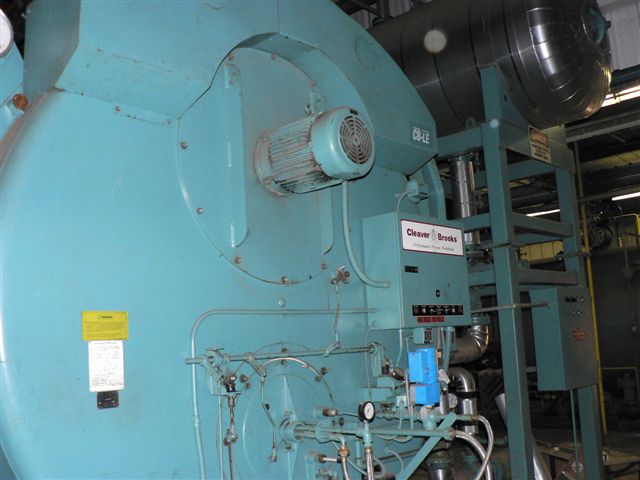

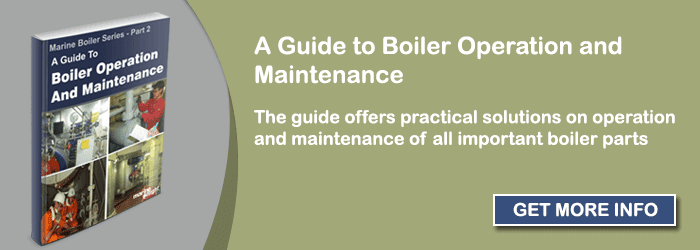
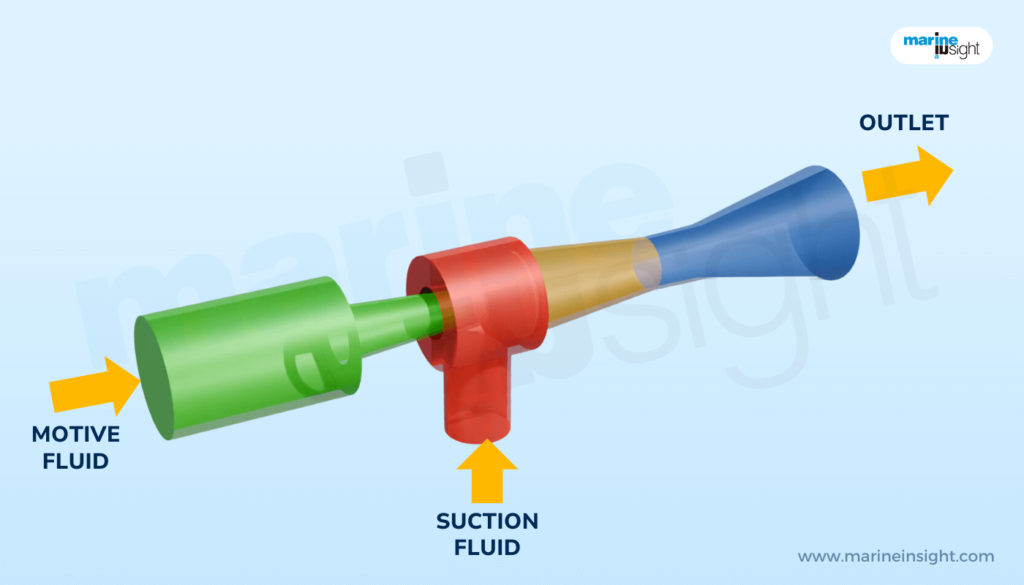
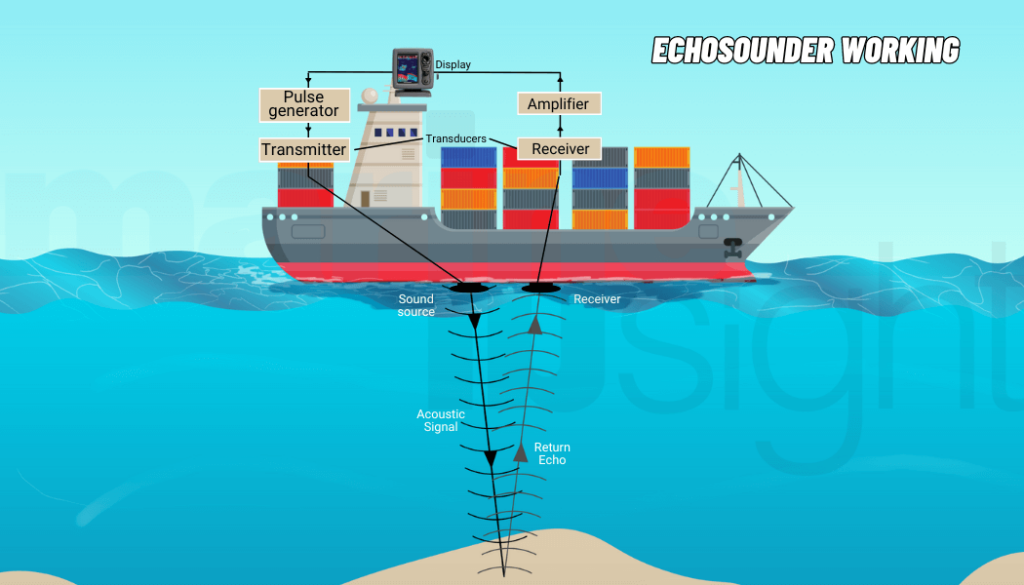
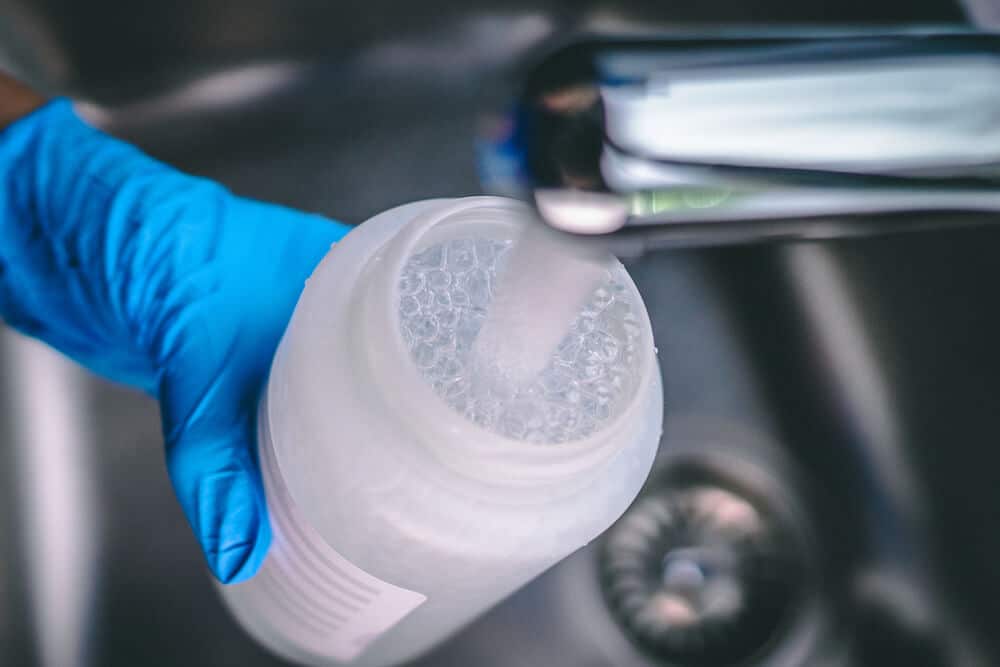
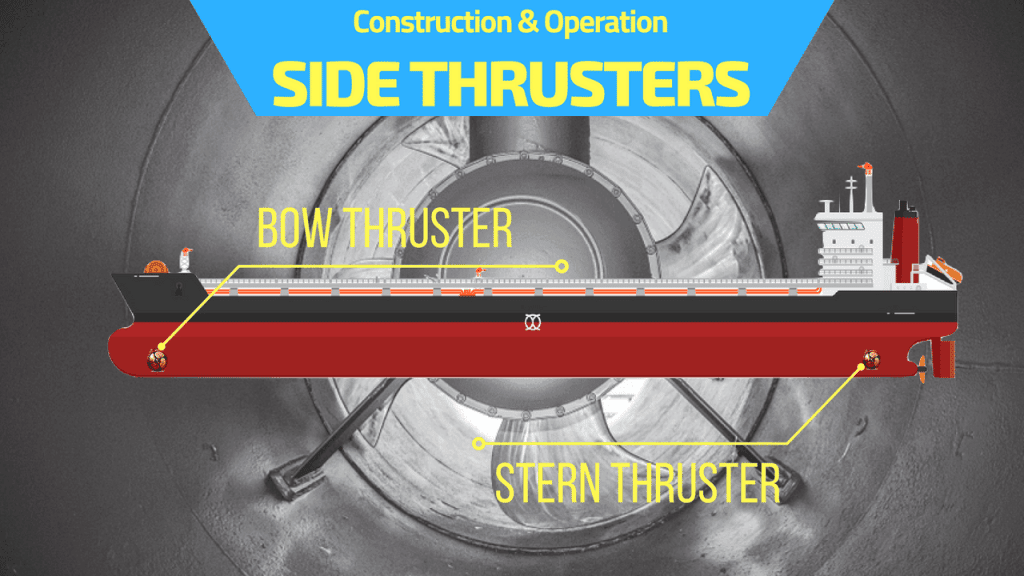
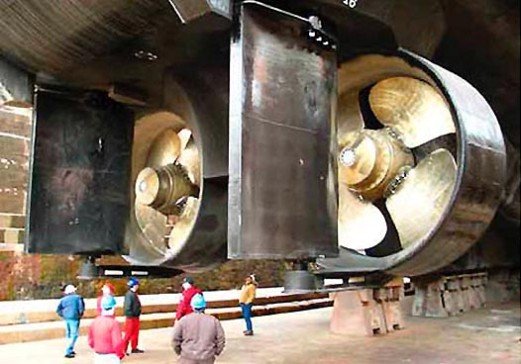
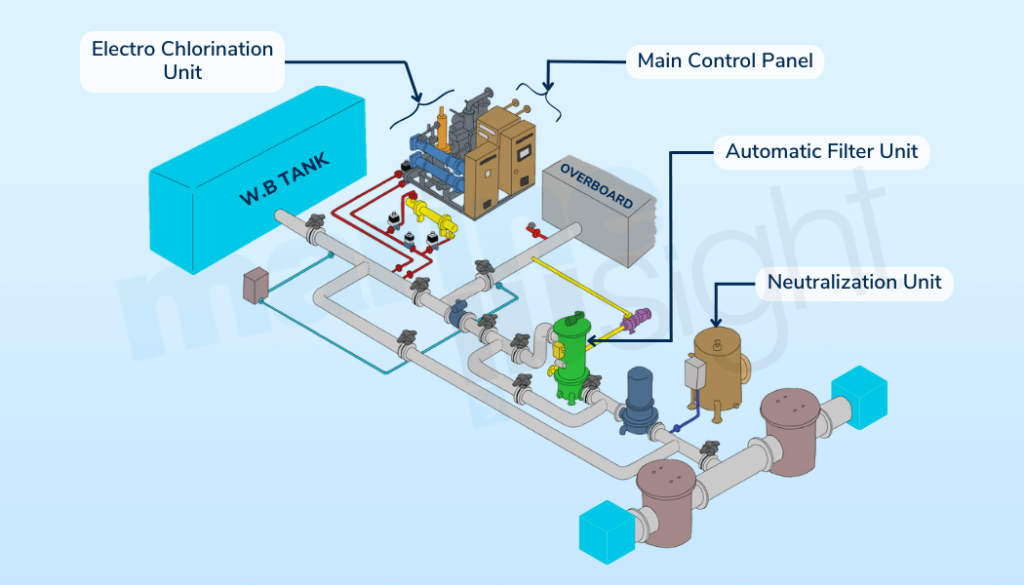

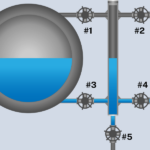
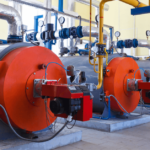
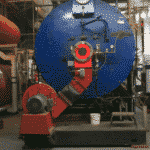
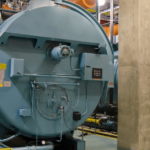
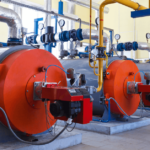
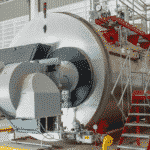
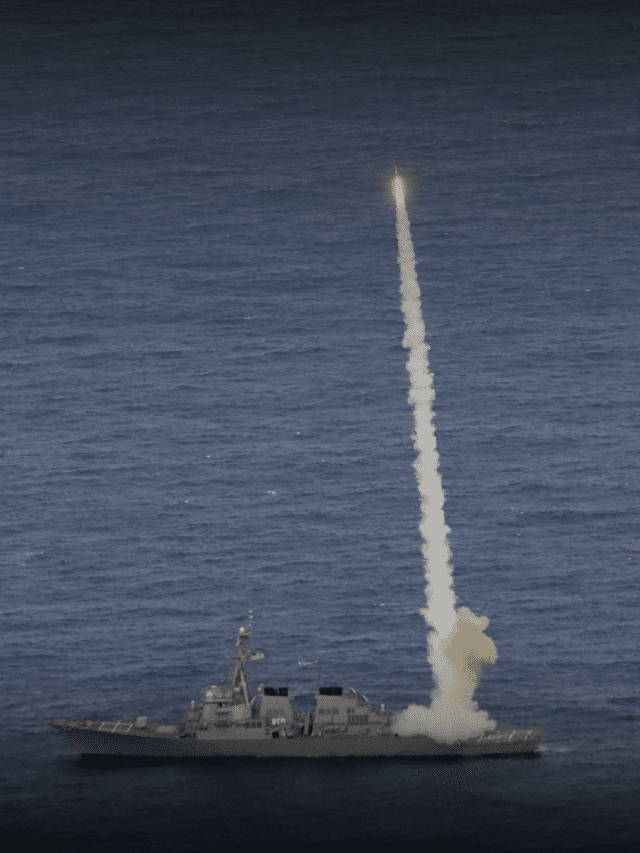

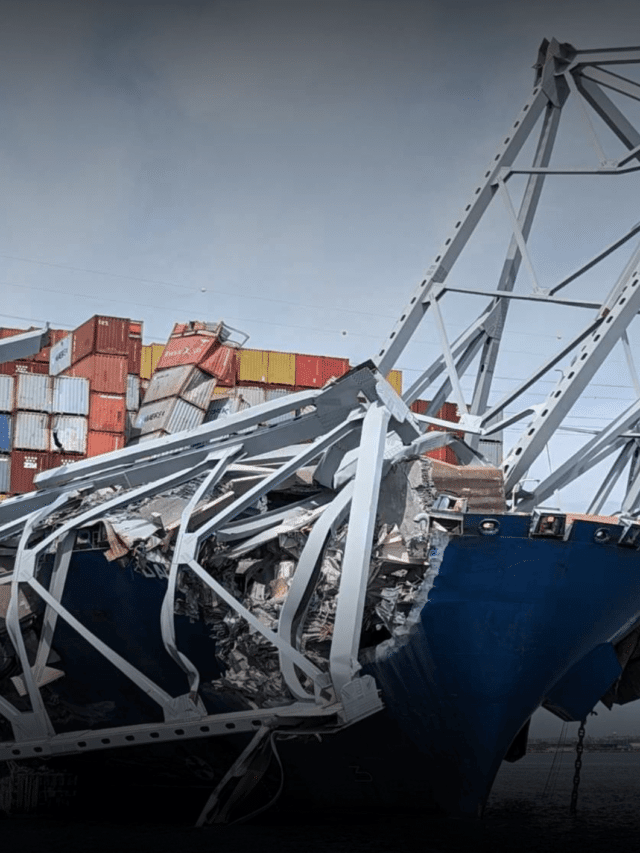


respected sir ,
Iwant information about boiler refrarctory and insulation. I am student of engg..this is my seminar topic. but on any website no any specific information show .
so please help me sir
I am trying to understand this article, but it’s so professional and hard for me now! I want to learn this boiler refractory well. Anyway, thanks for your sharing!
for gas side which type of refractory can use pls suggest